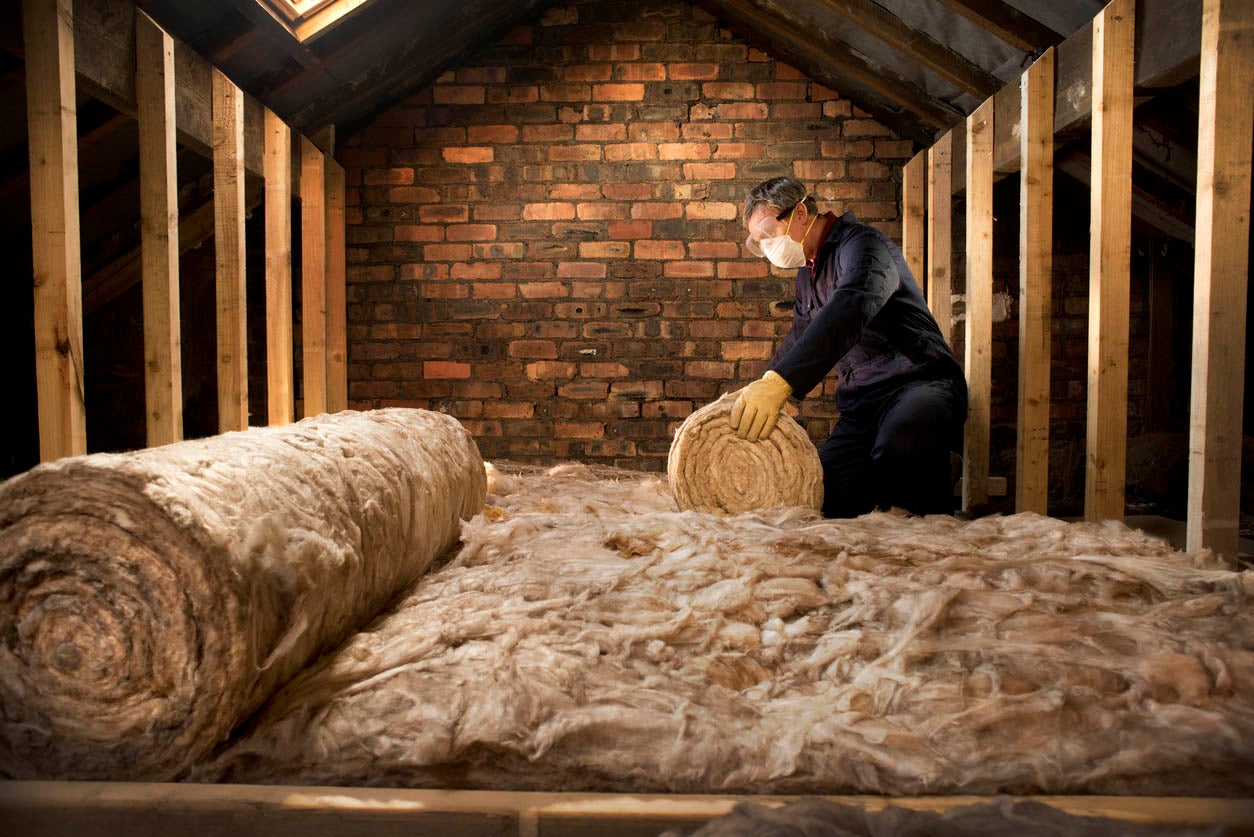

Articles
Who Installs Insulation In Attic
Modified: October 22, 2024
Looking for articles on who installs insulation in the attic? Find the answer and more information about attic insulation installation services here.
(Many of the links in this article redirect to a specific reviewed product. Your purchase of these products through affiliate links helps to generate commission for Storables.com, at no extra cost. Learn more)
Introduction
When it comes to maintaining energy efficiency in your home, one area that often gets overlooked is the attic. A properly insulated attic plays a crucial role in keeping your home comfortable and reducing energy costs. Attic insulation acts as a barrier, preventing heat from escaping during the winter and preventing hot air from entering during the summer. This helps to maintain a consistent temperature in your home and reduces the workload on your heating and cooling systems.
Ensuring that your attic is properly insulated is not only important for energy efficiency but also for the overall comfort of your home. Inadequate insulation can lead to drafts, uneven temperatures, and excessive energy consumption. Additionally, a well-insulated attic can also help to prevent moisture buildup, reduce noise transmission, and prolong the life of your roofing materials.
In this article, we will explore the importance of attic insulation, the different types of insulation available, the process of installing insulation in the attic, and the benefits of proper attic insulation. By understanding these key aspects, you will be able to make informed decisions about improving the energy efficiency and comfort of your home.
Key Takeaways:
- Proper attic insulation is essential for energy efficiency, comfort, and home preservation. It reduces energy consumption, improves indoor air quality, and extends the lifespan of roofing materials.
- Choosing the right insulation type, sealing air leaks, and ensuring proper ventilation are crucial for successful attic insulation installation. Prioritize safety, maintenance, and environmental benefits.
Read more: How To Install Insulation In An Attic
Importance of Attic Insulation
Attic insulation is a vital component of any home’s energy efficiency strategy. It serves as a barrier that helps to reduce the transfer of heat between your living space and the attic. This insulation layer plays a crucial role in maintaining a comfortable temperature inside your home and reducing the workload on your heating and cooling systems.
One of the primary benefits of attic insulation is its ability to prevent heat loss during the winter months. As warm air rises, it tends to accumulate in the attic. Without proper insulation, this heat can escape through the roof, leading to higher energy consumption and increased heating costs. By insulating the attic, you can effectively trap the heat inside your home, resulting in lower energy bills and a more comfortable living environment.
Attic insulation also plays a key role in preventing heat gain during the summer. When the sun beats down on your roof, the heat can be transferred into your attic, causing an increase in indoor temperatures. Insulation acts as a barrier, limiting the amount of heat that enters your living space. This helps to reduce the load on your air conditioning system and keeps your home cool and comfortable.
Furthermore, attic insulation helps to prevent moisture buildup and condensation. Without proper insulation, warm, humid air from your living space can seep into the attic, leading to condensation on the underside of the roof. This can result in mold and mildew growth, which can be detrimental to both your health and the structural integrity of your home. Insulating the attic ensures that the temperature and humidity are regulated, preventing moisture-related issues.
In addition to energy efficiency and moisture control, attic insulation also offers benefits in terms of soundproofing. The insulation material helps to absorb sound waves, reducing the transmission of noise from outside and between different rooms. This is especially beneficial if you have a home office, a media room, or if you live in a noisy neighborhood.
Overall, the importance of attic insulation cannot be overstated. It not only helps to conserve energy and reduce utility bills but also improves indoor comfort, prevents moisture-related issues, and enhances soundproofing. Investing in proper attic insulation is a wise decision that can improve the overall efficiency and livability of your home.
Types of Attic Insulation
There are several different types of insulation materials that can be used to insulate your attic. Each type has its own unique characteristics and benefits. Understanding the different options available can help you make an informed decision about which type of insulation is best suited for your attic.
1. Fiberglass Insulation: Fiberglass insulation is one of the most common and widely used types of attic insulation. It consists of fine glass fibers that are spun into a fluffy material. Fiberglass insulation comes in the form of batts or rolls that can be easily installed in between attic joists or rafters. It is relatively inexpensive, non-combustible, and easy to handle. Fiberglass insulation is effective in reducing heat transfer and is available in different R-values to meet the specific insulation requirements of your attic.
2. Cellulose Insulation: Cellulose insulation is made from recycled paper products, typically treated with fire-retardant chemicals. It is a loose-fill insulation that can be blown or sprayed into the attic space. Cellulose insulation is known for its excellent thermal performance and ability to fill gaps and voids, providing effective coverage. It is also resistant to mold and pests. However, it is important to ensure proper installation and adequate moisture control to prevent potential issues with moisture accumulation.
3. Spray Foam Insulation: Spray foam insulation is a popular choice for attics due to its high R-value and excellent air sealing properties. It is applied as a liquid that expands and hardens, creating a continuous insulation layer. Spray foam insulation provides superior thermal performance and helps to prevent air leakage, reducing energy loss. It also helps to seal cracks, gaps, and voids in the attic, providing effective insulation and air sealing in one solution. However, professional installation is typically required for spray foam insulation.
4. Rigid Foam Insulation: Rigid foam insulation is a type of insulation board made from foam plastic materials. It comes in different thicknesses and can be used to insulate the attic walls, roof deck, or the underside of the roof. Rigid foam insulation offers high thermal resistance and is resistant to moisture, making it suitable for areas with high humidity levels. It provides a continuous insulation layer and helps to prevent thermal bridging. However, it can be more expensive compared to other insulation options.
5. Natural Fiber Insulation: Natural fiber insulation, such as cotton or sheep’s wool, is an eco-friendly alternative to traditional insulation materials. It offers good thermal insulation properties, is non-toxic, and has low embodied energy. Natural fiber insulation is often available in batts or loose-fill form and can be installed in the attic like other insulation types. However, it is important to consider the potential for pests or mold growth with organic materials and ensure proper ventilation and moisture control.
When choosing the right type of insulation for your attic, consider factors such as the desired R-value, budget, accessibility, and any specific requirements or considerations for your climate. Consulting with an insulation professional can help you evaluate your options and make the best choice for your attic insulation needs.
Process of Installing Insulation in Attic
Installing insulation in your attic is a relatively straightforward process that can be done as a DIY project or by hiring a professional. Here is a step-by-step guide to help you understand the process of installing insulation in your attic:
1. Assess the current insulation: Start by examining the existing insulation in your attic. Determine if it needs to be removed or if you can add new insulation on top of it. If the existing insulation is damaged or inadequate, it is recommended to remove it before installing new insulation.
2. Gather the necessary tools and materials: Before you begin the installation, gather all the tools and materials you’ll need. This typically includes insulation material (such as fiberglass batts or rolls), a utility knife, a staple gun, a ladder, safety goggles, gloves, and a dust mask.
3. Prepare the attic: Clear any obstructions from the attic, such as stored belongings. Ensure that there are no electrical hazards or exposed wiring. If necessary, install proper lighting and ventilation to ensure a safe and comfortable work environment.
4. Seal air leaks: Before installing insulation, seal any air leaks in the attic. Use caulk or foam sealant to seal gaps around pipes, vents, electrical wires, and other openings. This will help to prevent air leakage and improve the overall effectiveness of the insulation.
5. Measure and cut the insulation: Measure the length and width of the spaces between the attic joists or rafters. Use a utility knife to cut the insulation material to the appropriate size, leaving a slight overlap to ensure a snug fit.
6. Install the insulation: Start from one end of the attic and work your way across. Lay the insulation between the joists, ensuring a tight and even fit. For batts, unroll them and press them into place. Staple the insulation to the joists to keep it secure. Take care not to compress the insulation, as this can reduce its effectiveness.
7. Fill in small gaps and corners: Use smaller pieces of insulation to fill in any gaps, corners, or hard-to-reach areas. This will help to ensure complete coverage and minimize thermal bridging.
8. Ensure proper ventilation: It is important to maintain proper ventilation in your attic to prevent moisture buildup and prolong the life of your roof. Ensure that ventilation vents are not obstructed by the insulation. Install baffles or chutes to allow for airflow between the insulation and the roof deck.
9. Dispose of waste: Properly dispose of any waste or old insulation materials according to local regulations. Ensure that the area is clean and free from debris before completing the installation.
10. Inspect the work: Once the installation is complete, inspect the attic to ensure that the insulation is evenly distributed and properly installed. Look for any areas that may require additional insulation or adjustments.
Remember, if you’re unsure about any aspect of the installation process or if you have a large attic space or complex ventilation system, it is recommended to consult with a professional insulation contractor. They will have the expertise and equipment to ensure a proper and efficient installation.
Tools and Materials Required for Attic Insulation Installation
When it comes to installing insulation in your attic, having the right tools and materials is essential to ensure a smooth and successful installation. Here is a list of the key tools and materials you will need:
Tools:
- Utility knife: Used for cutting and trimming insulation materials.
- Staple gun: Used to secure insulation in place by stapling it to attic joists or rafters.
- Ladder: Provides access to the attic and allows you to work safely at height.
- Safety goggles: Protects your eyes from insulation fibers and potential hazards.
- Gloves: Provides protection for your hands while handling insulation materials.
- Dust mask: Helps filter out airborne particles and insulation fibers, protecting your respiratory system.
- Measuring tape: Used to measure the length and width of the spaces between attic joists or rafters.
- Flashlight or headlamp: Provides adequate lighting in the attic space.
- Caulk or foam sealant: Used to seal air leaks and gaps in the attic.
- Baffles or chutes: Installed to maintain proper ventilation by allowing airflow between the insulation and the roof deck.
- Insulation support rods: Used to hold insulation in place between rafters in sloped attics.
Materials:
- Insulation material: This can vary depending on your preference and budget. Common types of insulation include fiberglass batts or rolls, cellulose insulation, spray foam insulation, rigid foam insulation, or natural fiber insulation.
- Staples or insulation clips: Used to secure the insulation to the attic joists or rafters.
- Vapor barrier: A moisture-resistant material installed over insulation to prevent moisture buildup.
- Batt or roll supports: These are metal or plastic rods that hold insulation in place between attic joists or rafters.
- Weatherstripping: Used to seal gaps around attic hatches or doors to prevent air leakage.
- Duct insulation: If your attic contains HVAC ducts, you may need insulation specifically designed for ductwork to prevent energy loss.
- Sealant or adhesive: Used to secure insulation materials or seal any gaps or cracks in the attic.
It is important to choose insulation materials and tools that are appropriate for your attic’s specific requirements and climate. If you are unsure about the type or quantity of materials and tools needed, consulting with a professional insulation contractor can help ensure that you have everything necessary for a successful attic insulation installation.
When looking for someone to install insulation in your attic, be sure to hire a professional contractor with experience in attic insulation installation. It’s important to ensure that the job is done correctly to maximize energy efficiency and prevent any potential issues in the future.
Read more: How To Insulate A Finished Attic
Preparing the Attic for Insulation Installation
Proper preparation is key to ensuring a successful attic insulation installation. Taking the time to properly prepare your attic will help create a clean and safe environment for the installation process. Here are some steps to follow when preparing your attic for insulation installation:
1. Clear the attic: Start by removing any stored items, debris, or other obstructions from the attic. Clearing the space will provide you with a clean and open area to work in during the insulation installation process. This will also help prevent any damage to your belongings during the installation.
2. Inspect the attic: Take a close look at the attic space and look for any signs of damage or deterioration. Repair any damaged areas, such as leaks or cracks, before proceeding with the insulation installation. It is important to have a solid and structurally sound attic before adding insulation.
3. Check for air leaks: Air leaks in the attic can reduce the effectiveness of insulation and lead to energy loss. Carefully inspect the attic for any gaps, cracks, or openings where air can escape or enter. Common areas to check include around pipes, vents, electrical wiring, and light fixtures. Use caulk or foam sealant to seal these gaps and prevent air leakage.
4. Ensure proper ventilation: Adequate ventilation is important for maintaining good air quality and preventing moisture buildup in the attic. Check that ventilation vents are unobstructed and free from debris. Install baffles or chutes if necessary to ensure proper airflow between the insulation and the roof deck. Proper ventilation will help keep the attic dry and prolong the life of the insulation and your roof.
5. Address any electrical concerns: Take the time to inspect the attic for any electrical hazards. Ensure that any exposed wires or electrical connections are properly insulated and secured. If needed, consult a licensed electrician to address any electrical concerns before proceeding with the insulation installation.
6. Install attic access insulation: If your attic has a hatch or access door, it is important to insulate this area properly to prevent air leakage. Install weatherstripping around the hatch or door to create a tight seal. This will help maintain the insulation’s effectiveness and prevent energy loss.
7. Protect yourself: When working in the attic, always prioritize safety. Put on safety goggles, gloves, and a dust mask to protect yourself from insulation fibers and potential hazards. Make sure you have proper lighting in the attic space to ensure good visibility and prevent accidents.
8. Follow local building codes: Before proceeding with the insulation installation, familiarize yourself with local building codes and regulations. Ensure that you adhere to these guidelines to ensure a safe and compliant installation.
By properly preparing your attic for insulation installation, you are setting the foundation for a successful and efficient insulation project. Taking the time to inspect, seal air leaks, and address any concerns will help optimize the performance of the insulation and improve the overall energy efficiency of your home.
Installing Insulation in Attic
Installing insulation in your attic is a straightforward process that can greatly improve the energy efficiency and comfort of your home. While the specific steps may vary depending on the type of insulation you are using, here is a general guide on how to install insulation in your attic:
1. Start with safety precautions: Before you begin, ensure you are wearing appropriate safety gear, including gloves, safety goggles, and a dust mask. Also, make sure you have proper lighting and a secure footing in the attic to prevent accidents.
2. Measure the area: Measure the length and width of the spaces between the attic joists or rafters where you will be installing the insulation. This will help you determine the amount of insulation material you will need.
3. Unroll or cut the insulation: If using fiberglass batts or rolls, unroll the insulation and cut it to the appropriate length using a utility knife. It’s important to leave a slight overlap to ensure a snug fit.
4. Position the insulation: Place the insulation between the attic joists or rafters, making sure it fits tightly without being compressed. The insulation should extend fully across the attic space, covering all areas that need to be insulated.
5. Secure the insulation: Use a staple gun or insulation clips to secure the insulation to the attic joists or rafters. Make sure the insulation is flat and even, without any gaps or creases that could reduce its effectiveness.
6. Fill gaps and corners: Cut smaller pieces of insulation to fill in any gaps, corners, or hard-to-reach areas in the attic. This will help ensure complete coverage and prevent thermal bridging.
7. Install insulation baffles: If there are soffit vents or eave vents in your attic, install insulation baffles to allow for proper airflow and ventilation. These baffles help to keep the insulation away from the vents, preventing blockage and promoting good circulation of air.
8. Insulate attic access: If you have an attic hatch or access door, make sure to insulate it as well to prevent air leakage. Apply weatherstripping around the edges of the hatch or door to create a tight seal.
9. Inspect the insulation: Once the insulation is in place, inspect the attic to ensure that it is evenly distributed and properly secured. Look for any areas that may require additional insulation or adjustments.
10. Maintain ventilation: Proper ventilation is important in the attic to prevent moisture buildup. Ensure that ventilation vents are clear and unobstructed by the insulation. This will help to maintain good air quality and prolong the life of your insulation and roofing materials.
Remember, it’s important to follow the manufacturer’s instructions and guidelines for the specific type of insulation you are using. If you are unsure or uncomfortable with the installation process, it is recommended to consult with a professional insulation contractor who can ensure a proper and efficient installation.
Best Practices for Attic Insulation Installation
Proper installation of attic insulation is crucial for maximizing its effectiveness and ensuring long-term energy savings. By following these best practices, you can ensure a successful and efficient installation:
1. Choose the right type and amount of insulation: It’s important to select the appropriate type of insulation for your attic based on factors such as R-value, climate, and budget. Additionally, make sure to install the recommended amount of insulation to achieve the desired level of thermal resistance.
2. Seal air leaks: Before installing insulation, identify and seal any air leaks in your attic. Use caulk or foam sealant to seal gaps around pipes, wires, chimneys, and other openings. This will help prevent air leakage and maximize the effectiveness of your insulation.
3. Insulate attic access points: Don’t forget to insulate attic access points, such as hatches or doors. Apply weatherstripping or insulation to create a tight seal, preventing air infiltration and ensuring consistent insulation coverage.
4. Maintain proper ventilation: Adequate ventilation is essential in the attic to prevent moisture buildup and protect your insulation and roofing materials. Install attic ventilation vents, baffles or chutes, and ensure they are clear of any obstructions to allow for proper airflow.
5. Protect against moisture: Moisture can compromise the effectiveness of your insulation and lead to mold or rot. Take preventative measures by addressing any existing moisture issues, installing vapor barriers if necessary, and ensuring proper attic ventilation.
6. Use proper safety precautions: When installing insulation in the attic, prioritize safety. Wear protective gear such as gloves, safety goggles, and a dust mask to minimize exposure to insulation fibers. Additionally, make sure you have adequate lighting and secure footing to reduce the risk of accidents.
7. Maintain proper clearances: Ensure that insulation materials do not come into contact with electrical wiring, recessed lighting fixtures, or other heat sources. Follow safety guidelines and maintain appropriate clearances to avoid fire hazards.
8. Avoid compressing insulation: Properly installed insulation should be fluffy and evenly distributed without any compression. Avoid compressing the insulation as it reduces its effectiveness. Cut and fit insulation materials to fill the space snugly without overstuffing.
9. Seek professional assistance if needed: If you are unsure about any aspect of the insulation installation process or have a complex attic structure, it’s wise to consult with a professional insulation contractor. They can provide guidance, ensure compliance with building codes, and ensure a successful installation.
10. Regularly inspect and maintain insulation: Periodically inspect your attic insulation to identify any issues such as gaps, settling, or damaged areas. Address any problems promptly to maintain optimal insulation performance and energy efficiency.
By following these best practices, you can ensure a well-insulated attic that contributes to energy savings, improved comfort, and a healthier living environment. Prioritize proper installation techniques and ongoing maintenance to maximize the benefits of your attic insulation.
Benefits of Proper Attic Insulation
Proper attic insulation offers numerous benefits that can enhance the energy efficiency, comfort, and overall quality of your home. Here are some key benefits of having proper attic insulation:
1. Energy savings: One of the primary benefits of proper attic insulation is reduced energy consumption. Insulation acts as a barrier, preventing heat transfer between your living space and the attic. This helps to maintain a consistent temperature inside your home, reducing the need for excessive heating or cooling. As a result, you can enjoy significant energy savings and lower utility bills.
2. Increased comfort: Proper attic insulation helps to maintain a comfortable temperature in your home throughout the year. It prevents heat from escaping during the winter and limits heat gain during the summer. This means a cozier and more comfortable living environment for you and your family, regardless of the outside temperature.
3. Improved indoor air quality: Attic insulation plays a role in improving indoor air quality by reducing the infiltration of outdoor pollutants and allergens. It forms a barrier that helps to keep out dust, pollen, and other particles, creating a healthier and cleaner indoor environment for you and your family.
4. Noise reduction: Properly installed attic insulation can help to reduce noise transmission from outside and between different rooms in your home. It absorbs sound waves and acts as a barrier, minimizing the impact of external noise sources and creating a quieter living space.
5. Enhanced moisture control: Attic insulation, when properly installed, can help prevent moisture buildup and condensation in the attic. It acts as a barrier, reducing the potential for moisture-related issues such as mold growth and rot. By managing moisture effectively, you can protect your home’s structural integrity and maintain a healthy living environment.
6. Extended lifespan of your roof: Proper attic insulation can help prolong the lifespan of your roof. By ensuring consistent temperatures and reducing the risk of moisture buildup, insulation helps to prevent damage to roofing materials, such as shingles, and reduces the likelihood of costly repairs or premature replacement.
7. Environmental benefits: Improved energy efficiency resulting from proper attic insulation contributes to a reduced carbon footprint. When you use less energy for heating and cooling, you decrease your impact on the environment and help conserve natural resources.
8. Increased home value: A well-insulated attic is an attractive feature for potential homebuyers. It demonstrates that the home is energy-efficient and well-maintained, which can increase its market value and appeal when it comes time to sell.
Proper attic insulation offers a range of benefits that go beyond energy savings. It provides increased comfort, better indoor air quality, noise reduction, and helps protect the structural integrity of your home. By investing in proper attic insulation, you are investing in the long-term comfort, energy efficiency, and value of your home.
Read more: How Important Is Attic Insulation
Conclusion
Attic insulation plays a critical role in maintaining energy efficiency, improving comfort, and preserving the overall quality of your home. By investing in proper attic insulation, you can significantly reduce energy consumption, lower utility bills, and create a comfortable living environment. Furthermore, insulation helps to prevent heat loss during winter, heat gain during summer, and reduces the need for excessive heating or cooling. This not only saves money but also reduces your carbon footprint, contributing to a more sustainable planet.
Proper attic insulation also offers additional benefits such as improved indoor air quality, noise reduction, moisture control, and protection for your roofing materials. It creates a barrier against outdoor pollutants and allergens, resulting in a healthier living environment for you and your family. Additionally, insulation helps to minimize noise transmission, ensuring a quieter and more serene home. By preventing moisture buildup and condensation, insulation safeguards against mold growth, rot, and potential structural damage.
When installing attic insulation, it is important to follow best practices such as sealing air leaks, maintaining proper ventilation, and choosing the right type and amount of insulation for your specific needs. If you are unsure about the installation process or have a complex attic structure, consulting with a professional insulation contractor can provide peace of mind and ensure a successful installation.
In conclusion, investing in proper attic insulation is a wise decision that yields numerous benefits. It not only improves energy efficiency and lowers utility bills but also enhances comfort, indoor air quality, and noise reduction. Additionally, it protects your roofing materials, prevents moisture-related issues, and contributes to a more sustainable and environmentally friendly home. So, take the necessary steps to insulate your attic and enjoy the many advantages that come with proper attic insulation.
Frequently Asked Questions about Who Installs Insulation In Attic
Was this page helpful?
At Storables.com, we guarantee accurate and reliable information. Our content, validated by Expert Board Contributors, is crafted following stringent Editorial Policies. We're committed to providing you with well-researched, expert-backed insights for all your informational needs.
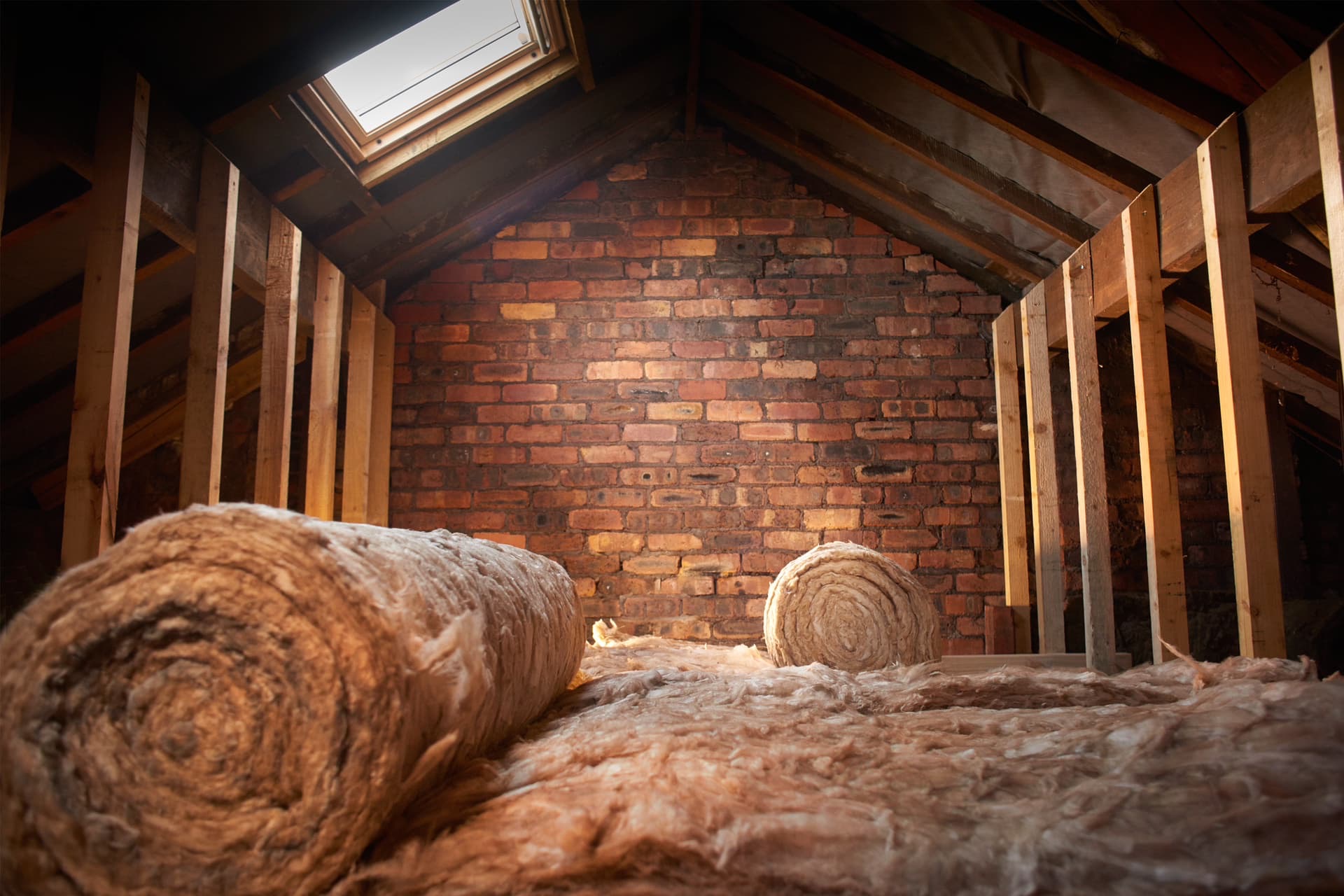
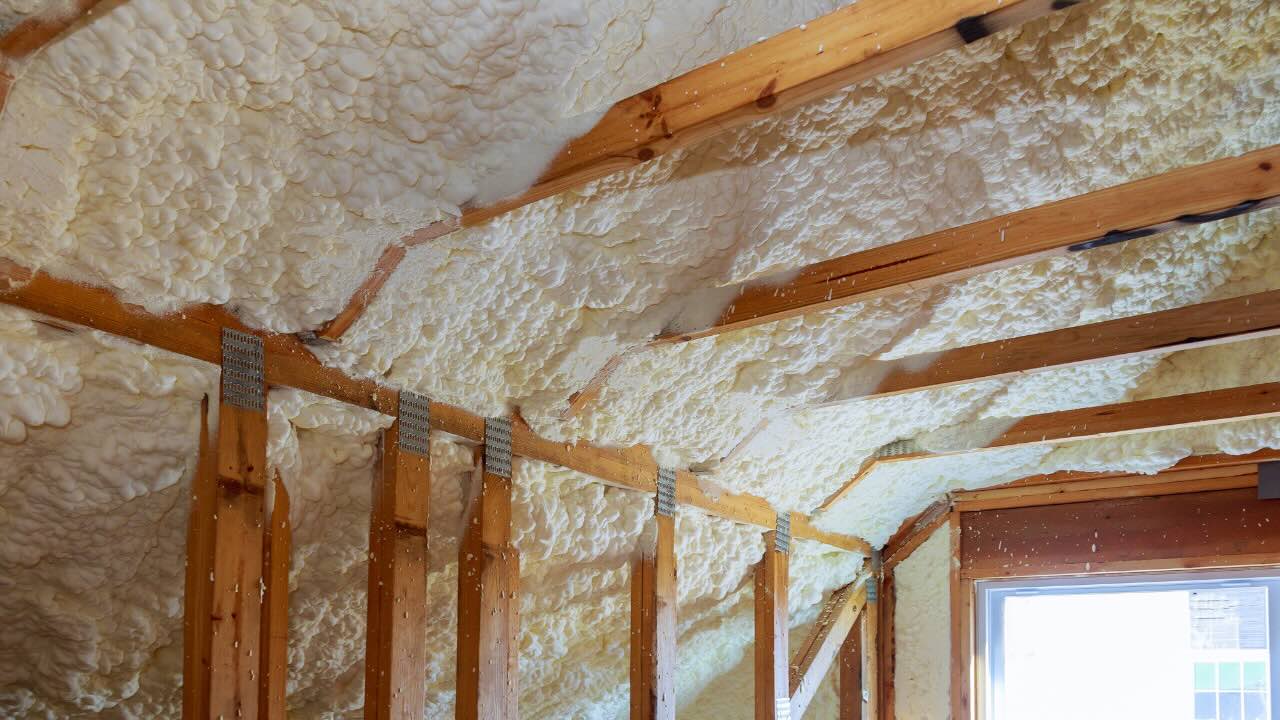
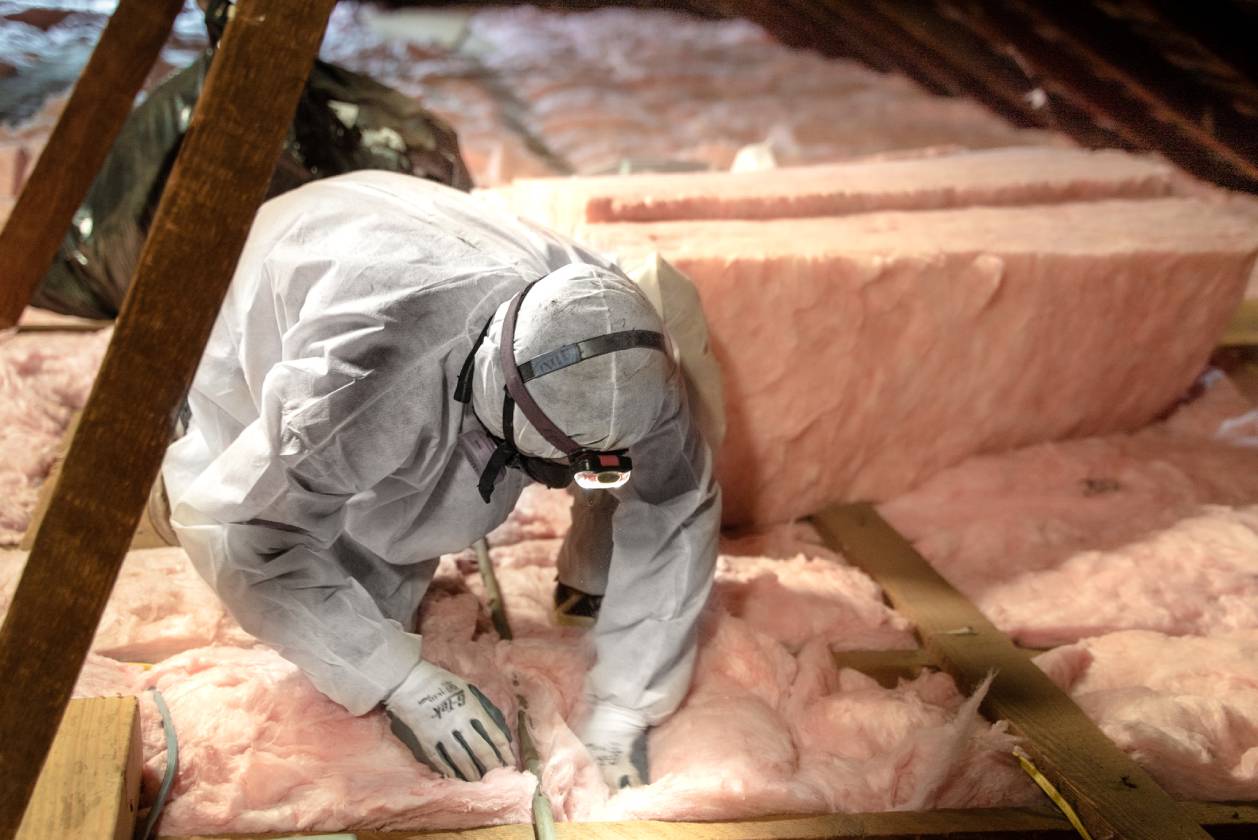
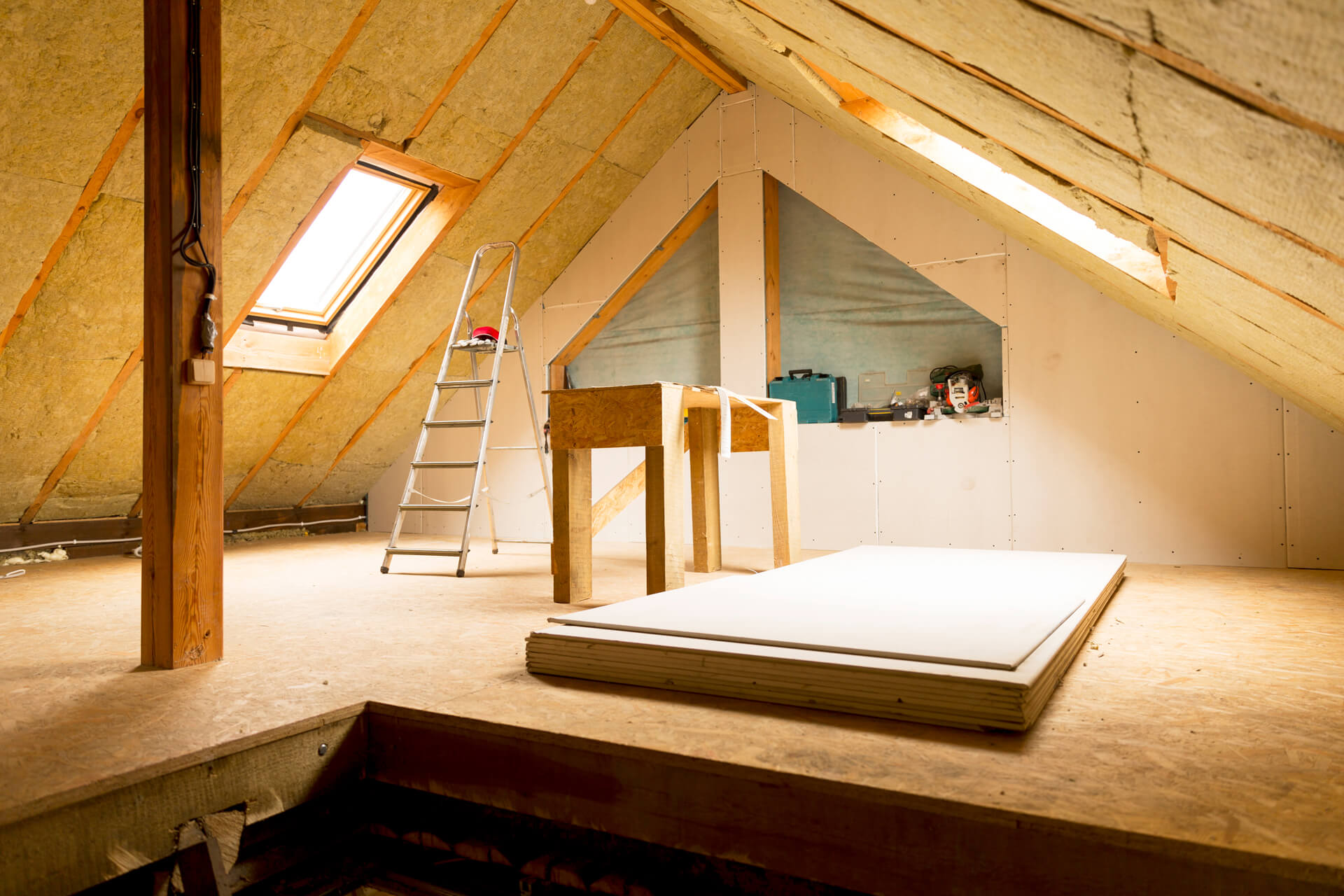
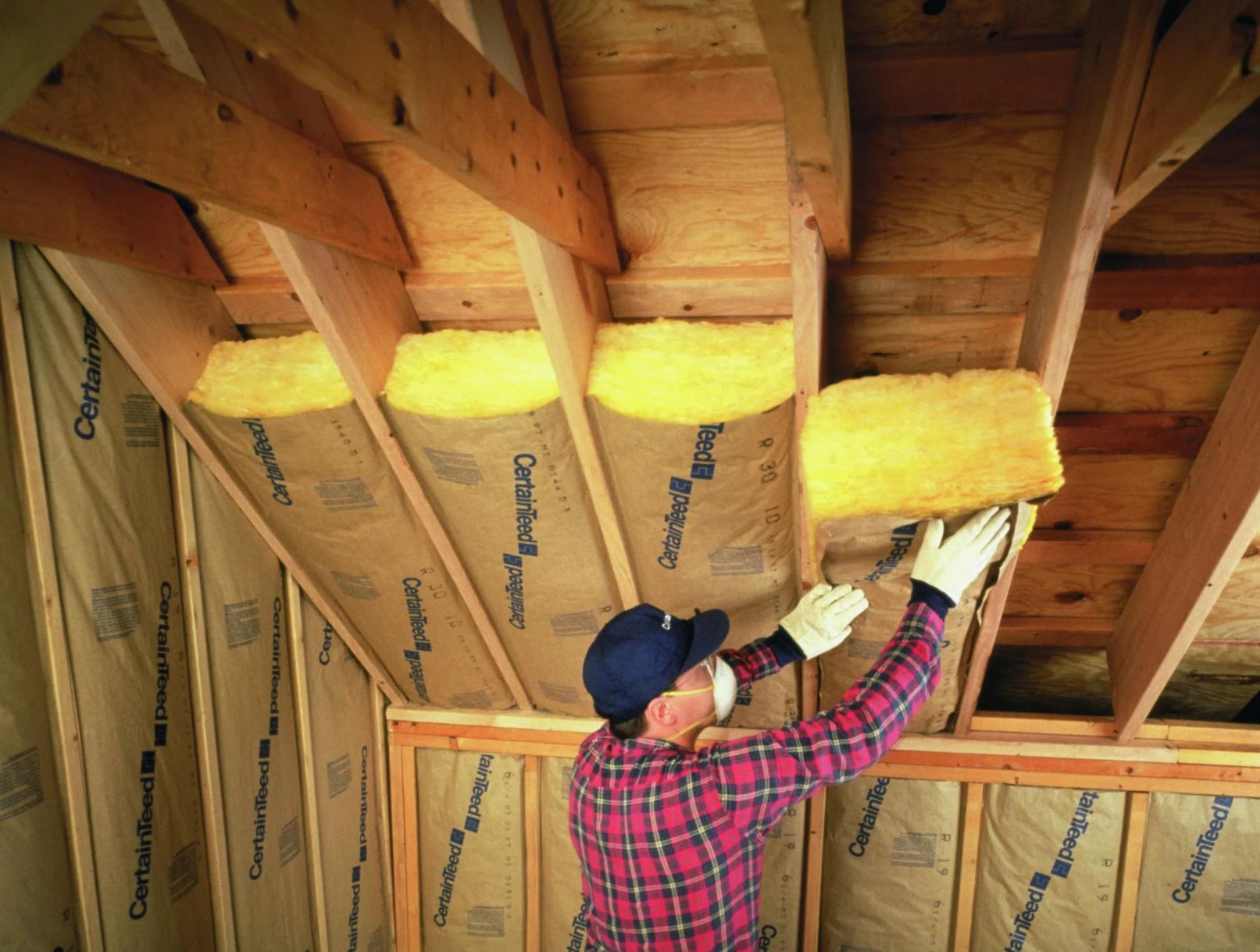
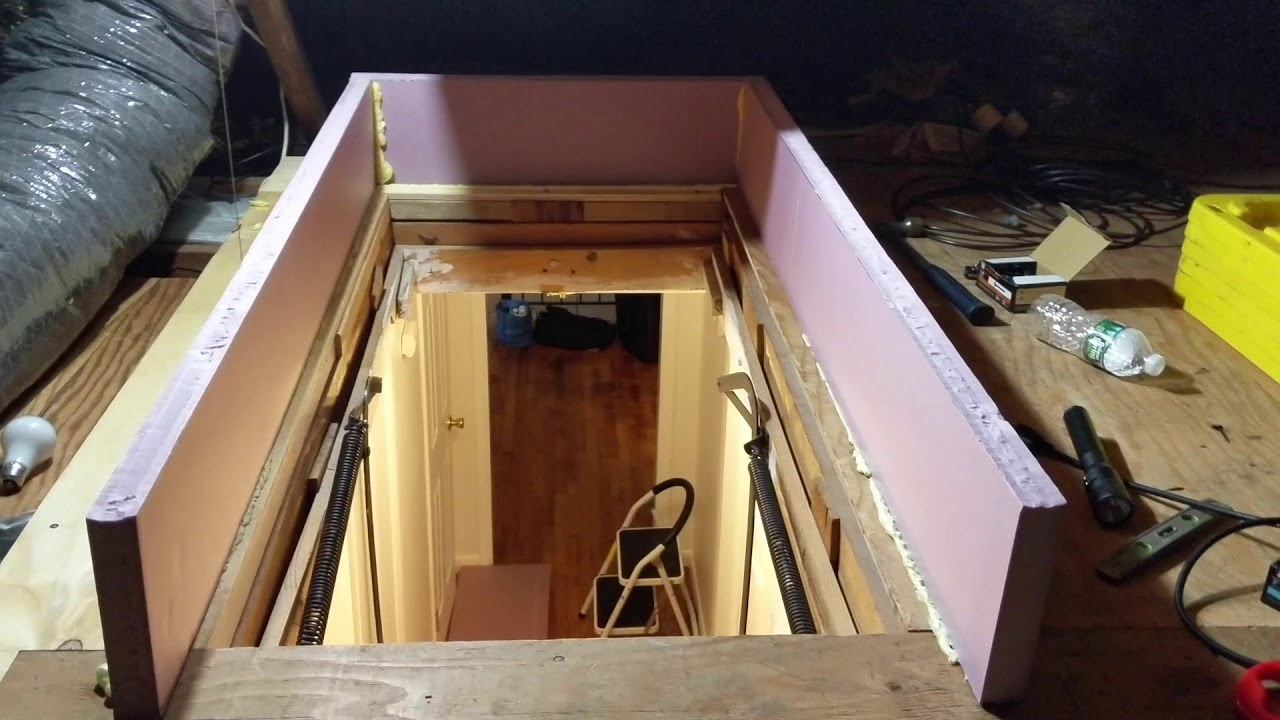
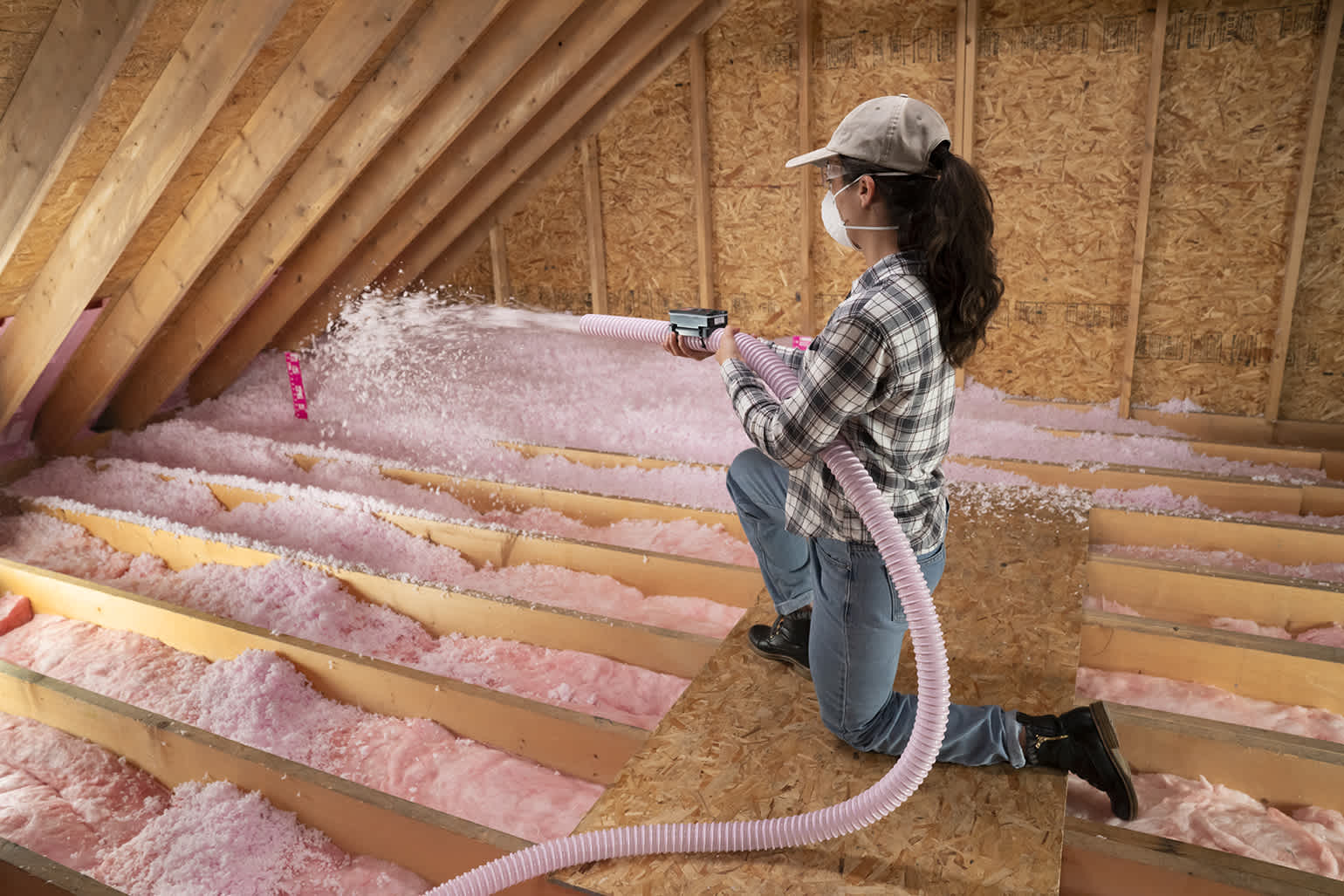
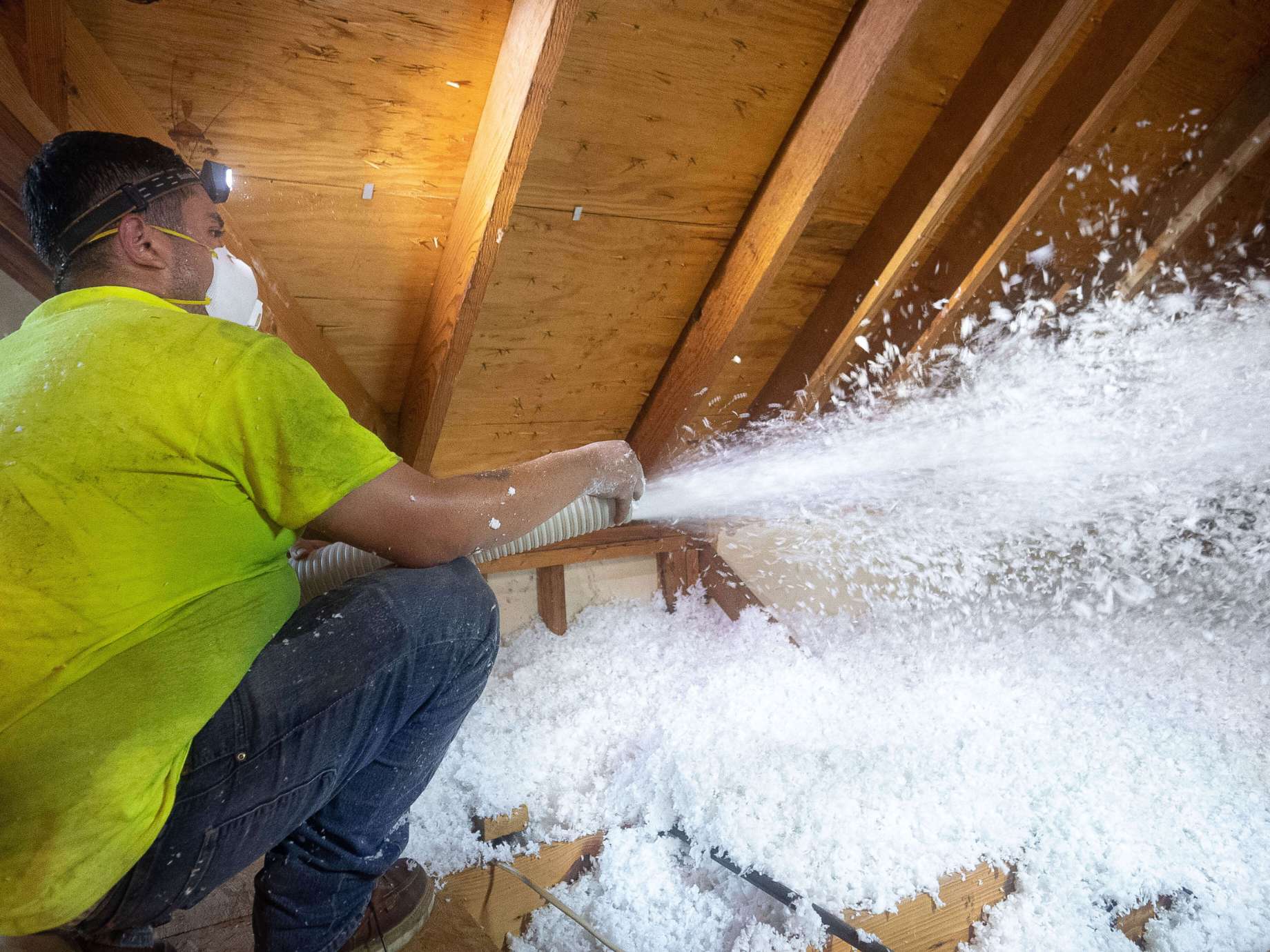
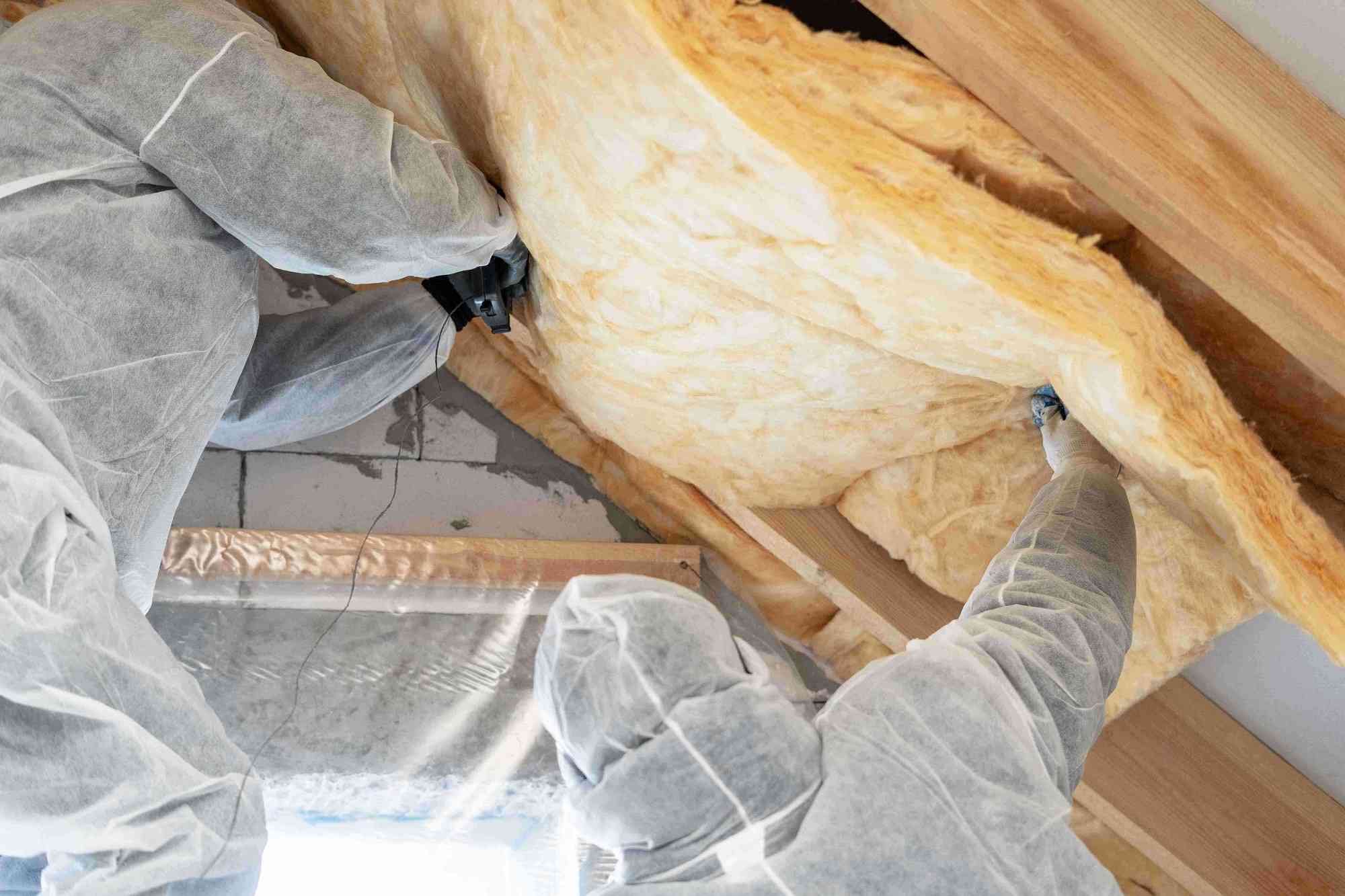

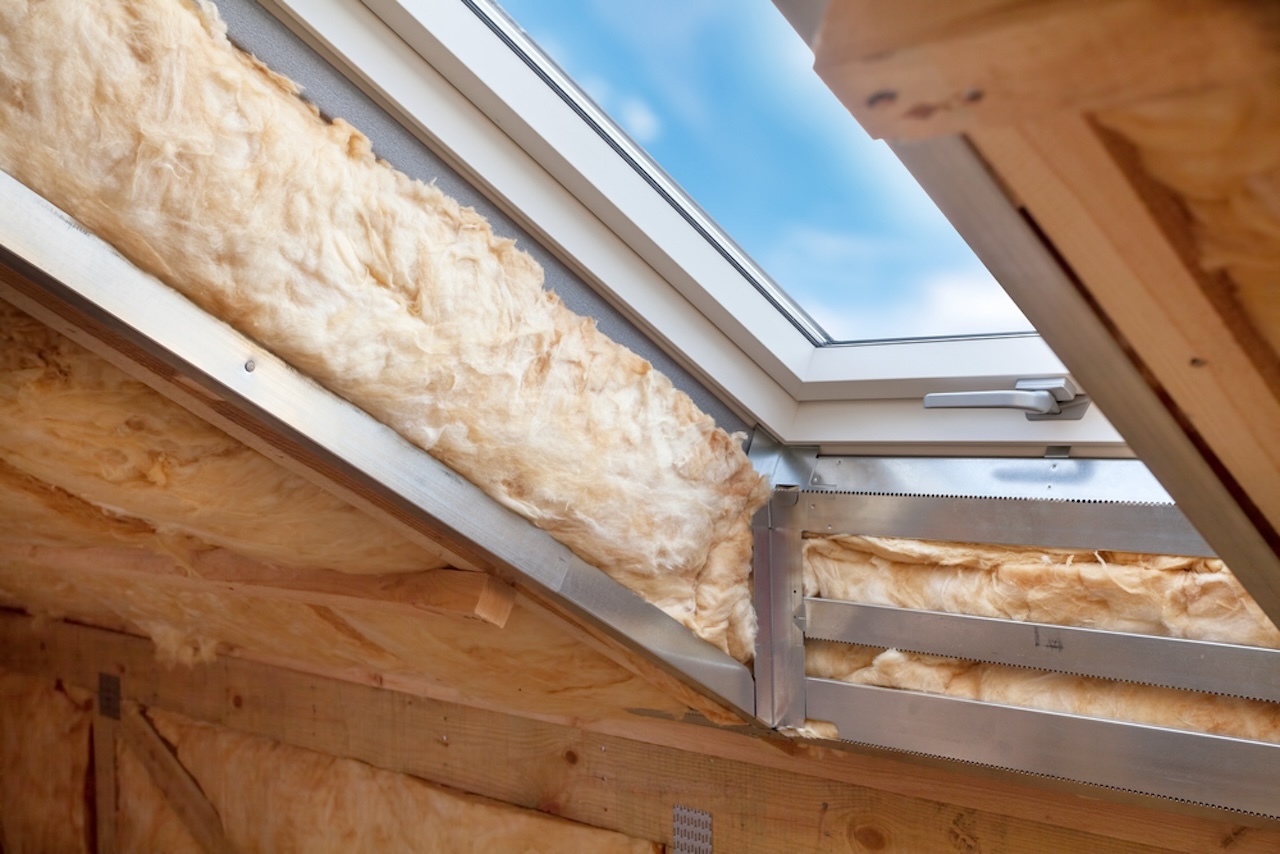
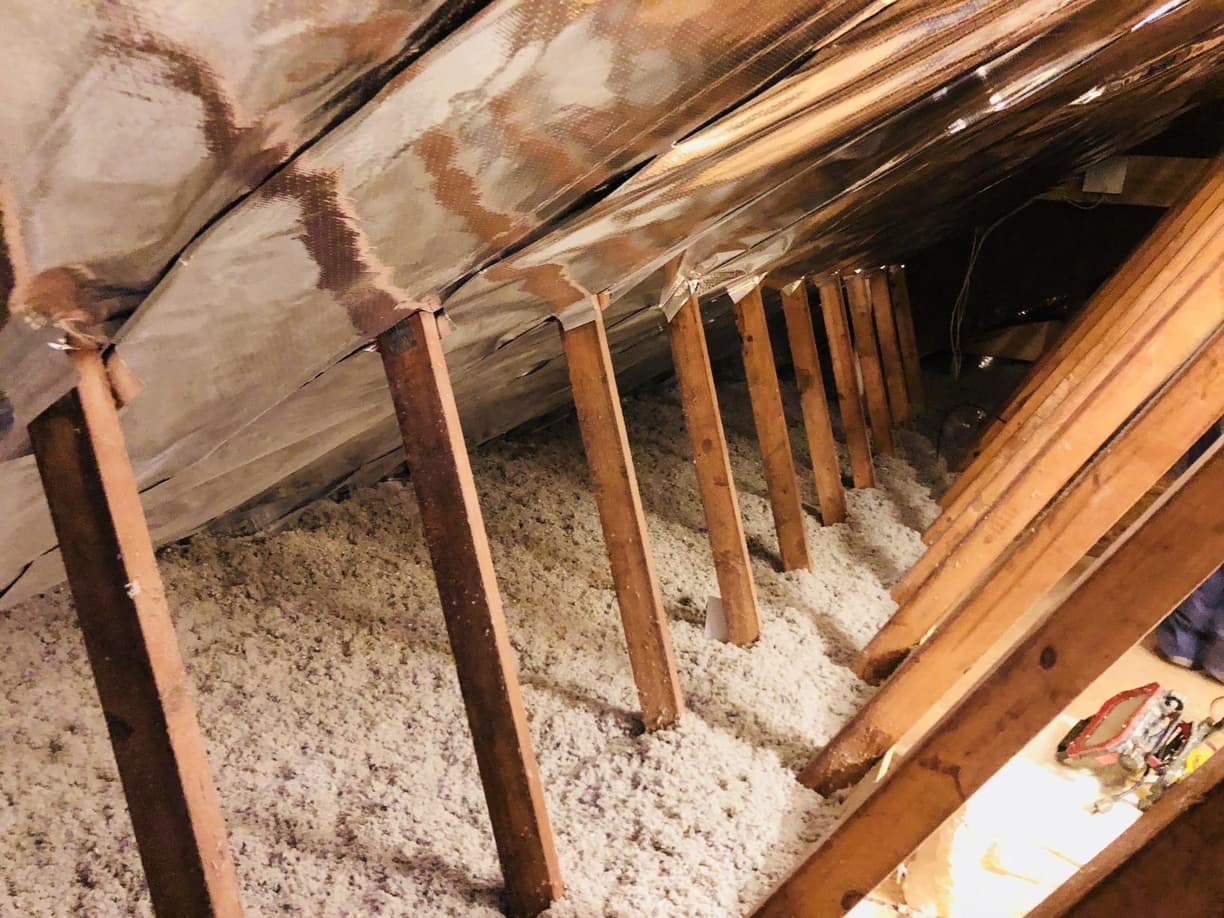
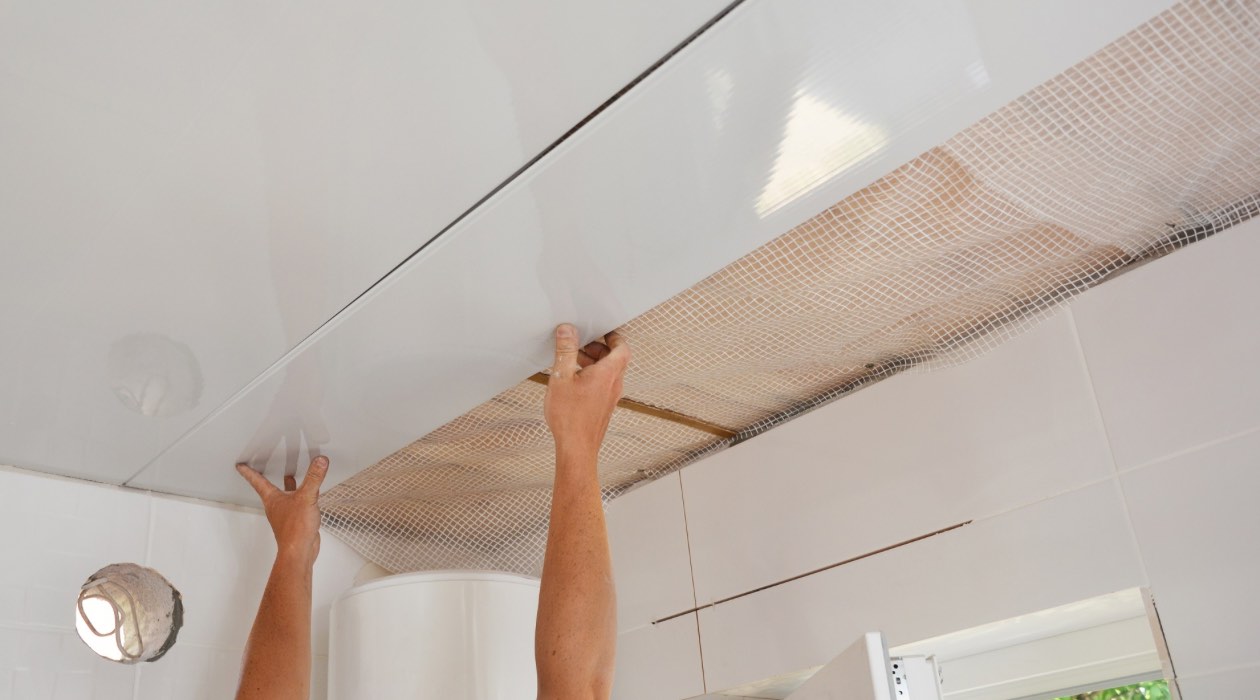

0 thoughts on “Who Installs Insulation In Attic”